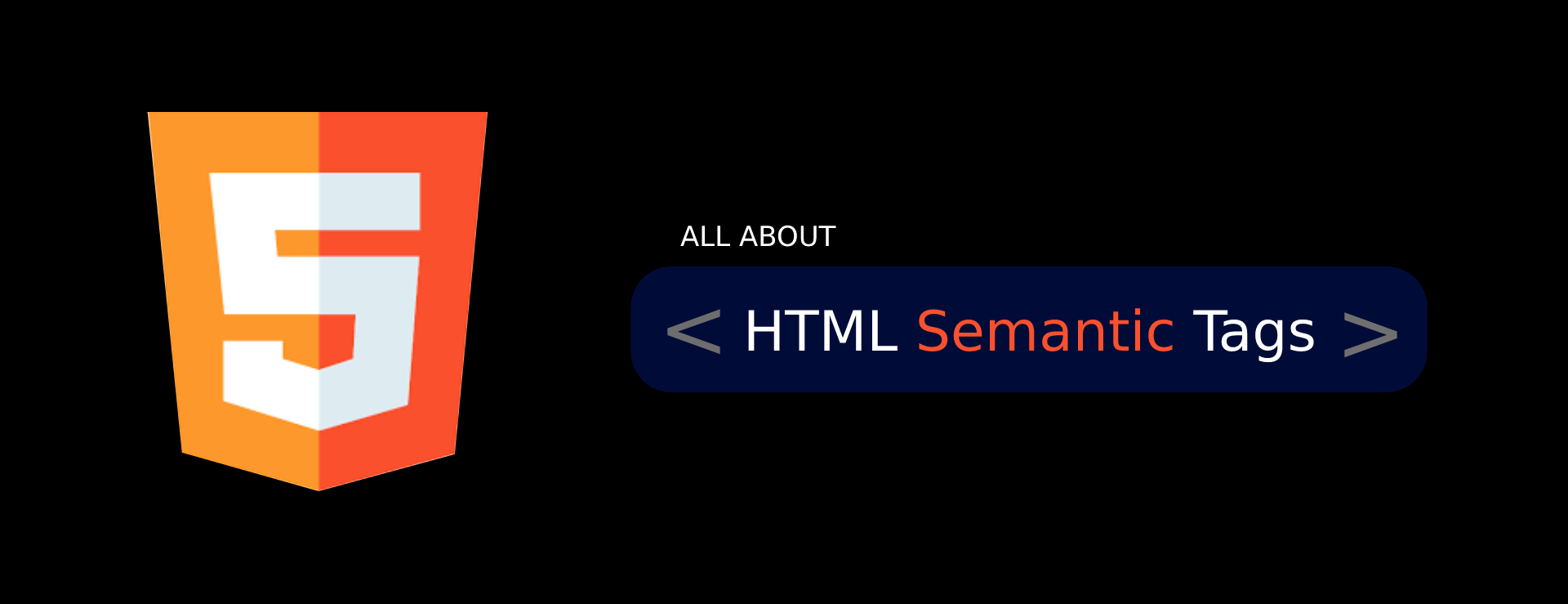Semantic tags contribute to maintainability and code readability in several ways:
- Clearer Intent and Meaning: Semantic tags provide meaningful names to HTML elements, making the purpose and content of each element more evident. When you use semantic tags like
<header>,<nav>,<section>, and<article>, it becomes easier for developers to understand the structure and purpose of the code, even when reviewing it later or when collaborating with other developers. - Improved Code Organization: Semantic tags promote a more organized code structure. By using appropriate semantic tags, you can group related elements together, enhancing the readability and maintainability of the codebase. This organization makes it easier to locate and modify specific sections of the code.
- Enhanced Accessibility: Semantic tags also contribute to accessibility, which is an essential aspect of maintainability. By using semantic tags, you provide clearer cues to assistive technologies about the structure and meaning of the content. This helps ensure that the website is accessible to users with disabilities and facilitates future maintenance and updates to improve accessibility.
Example: Consider the following code snippet without semantic tags:
<div id="header">
<div class="logo">Logo</div>
<div class="navigation">
<ul>
<li><a href="#">Home</a></li>
<li><a href="#">About</a></li>
<li><a href="#">Services</a></li>
<li><a href="#">Contact</a></li>
</ul>
</div>
</div>Now, let’s refactor the code using semantic tags:
<header>
<div class="logo">Logo</div>
<nav>
<ul>
<li><a href="#">Home</a></li>
<li><a href="#">About</a></li>
<li><a href="#">Services</a></li>
<li><a href="#">Contact</a></li>
</ul>
</nav>
</header>In the refactored code, the use of semantic tags (<header> and <nav>) enhances the readability and maintainability of the code. It’s easier to understand that the <header> represents the top section of the page, and the <nav> contains the navigation menu.
Reference link:
By following semantic HTML practices and utilizing appropriate tags, developers can create code that is more readable, maintainable, and self-explanatory. This improves the efficiency of future development, debugging, and collaboration efforts.
